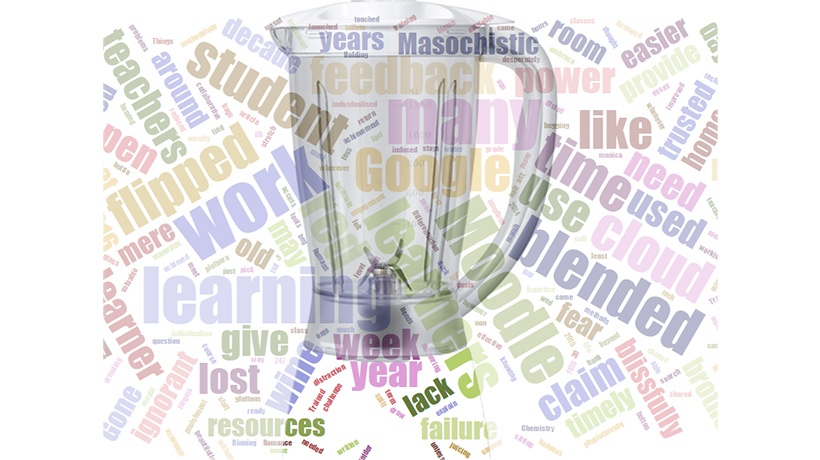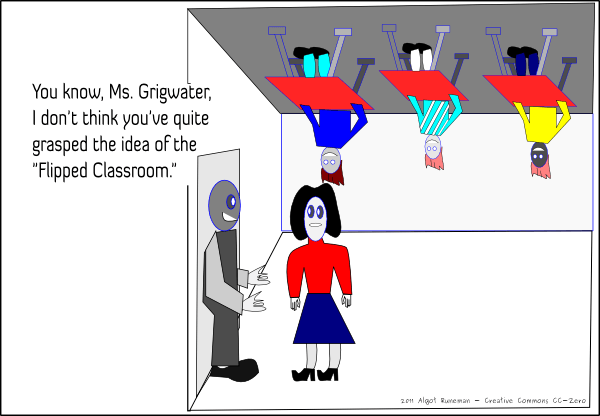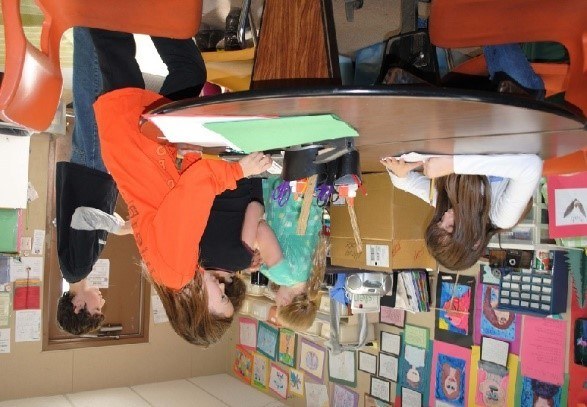March 17, 2016
Classroom Technology: How Do You Like Your Learning, Flipped Or Blended?
Masochistic teachers, fear of failure, and tried and trusted methods explain why many educators fail to embrace the classroom technology available to them. This article explains why if anything makes my life easier, then I’ll do it.
by Wendy Winnard











